Lucinda Ganderton - Embroidery Stitches Step-by-Step: The Ideal Guide to Stitching, Whatever Your Level of Expertise
Here you can read online Lucinda Ganderton - Embroidery Stitches Step-by-Step: The Ideal Guide to Stitching, Whatever Your Level of Expertise full text of the book (entire story) in english for free. Download pdf and epub, get meaning, cover and reviews about this ebook. year: 2022, publisher: DK, genre: Home and family. Description of the work, (preface) as well as reviews are available. Best literature library LitArk.com created for fans of good reading and offers a wide selection of genres:
Romance novel
Science fiction
Adventure
Detective
Science
History
Home and family
Prose
Art
Politics
Computer
Non-fiction
Religion
Business
Children
Humor
Choose a favorite category and find really read worthwhile books. Enjoy immersion in the world of imagination, feel the emotions of the characters or learn something new for yourself, make an fascinating discovery.
- Book:Embroidery Stitches Step-by-Step: The Ideal Guide to Stitching, Whatever Your Level of Expertise
- Author:
- Publisher:DK
- Genre:
- Year:2022
- Rating:3 / 5
- Favourites:Add to favourites
- Your mark:
Embroidery Stitches Step-by-Step: The Ideal Guide to Stitching, Whatever Your Level of Expertise: summary, description and annotation
We offer to read an annotation, description, summary or preface (depends on what the author of the book "Embroidery Stitches Step-by-Step: The Ideal Guide to Stitching, Whatever Your Level of Expertise" wrote himself). If you haven't found the necessary information about the book — write in the comments, we will try to find it.
DK brings you an all-encompassing embroidery book on needlework, stitches and more!
Whether you are an embroidery beginner wanting to learn the basics or an accomplished crafter seeking to perfect your technique, this all-encompassing embroidery stitch book has something for everyone to love!
Embroidery Stitches Step-by-Step covers every aspect of the craft: materials and mounting techniques, fabrics and frames, along with more than 200 stitches illustrated and explained with easy-to-follow instructions. With an at-a-glance gallery to help you find the perfect stitch for your next project, this tried-and-trusted modern classic is a must-have for stitchers of all ages and abilities.
Dive straight in to discover:
- Over 200 decorative stitches with practical ideas on where to use them
- A comprehensive stitch gallery allowing readers to quickly find the stitches theyre interested in
- Featuring several handy how-to guides and basic embroidery considerations for beginners
Full of top tips on which threads, needles and fabrics work best with which stitches, this design book is sure to unleash your potential and inspire your creativity like never before!
Whether you are an embroidery beginner looking for a clear and easy-to-follow guide to a plethora of beautiful stitch types or an accomplished crafter seeking to perfect your technique and pattern design, this all-encompassing embroidery stitch book has something for everyone to love.
From materials to mounting techniques, fabrics to frames, this easy-to-navigate needlework book has more than 200 stitches explained in excellent detail, with a practical stitch gallery providing readers with a clear view of each stitch, suitable for both beginners and proficient stitch enthusiasts. Its time to perfect your patterns and clean up your cross stitch with this embroidery starter kit thatll redefine textile art as you know it.
At DK, we believe in the power of discovery:
So whether you fancy taking up a new skill or simply find sanctuary in sewing, unleash your creativity and craftiness with this modern embroidery book. When youve finished Step By Step Embroidery, why not also try Sew Step by Step, a complementing title as part of DKs Step by Step series. Unleash your creative potential with a plethora of stunning stitches! Proving the perfect embroidery gift for the stitching lover in your life, embark on embroidery projects and create inspiring stitches to treasure forever. An inspirational and practical guide to more than 200 embroidery and needlepoint stitches.
Lucinda Ganderton: author's other books
Who wrote Embroidery Stitches Step-by-Step: The Ideal Guide to Stitching, Whatever Your Level of Expertise? Find out the surname, the name of the author of the book and a list of all author's works by series.

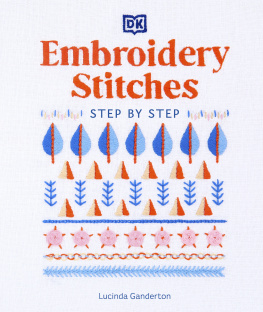


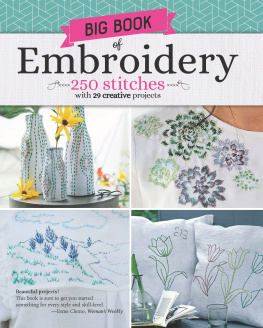
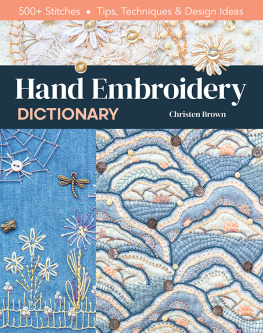
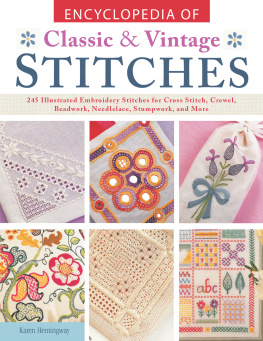


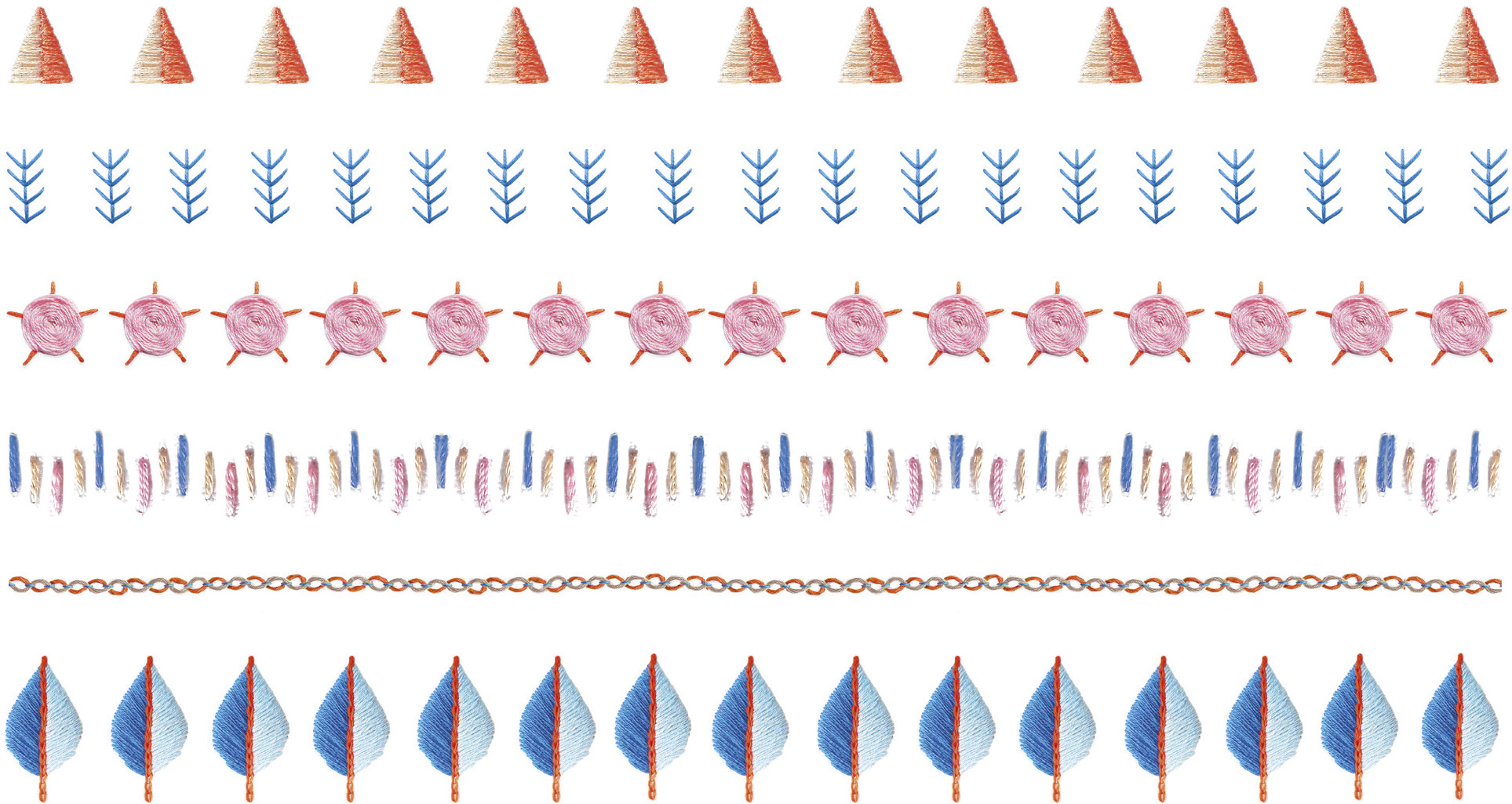

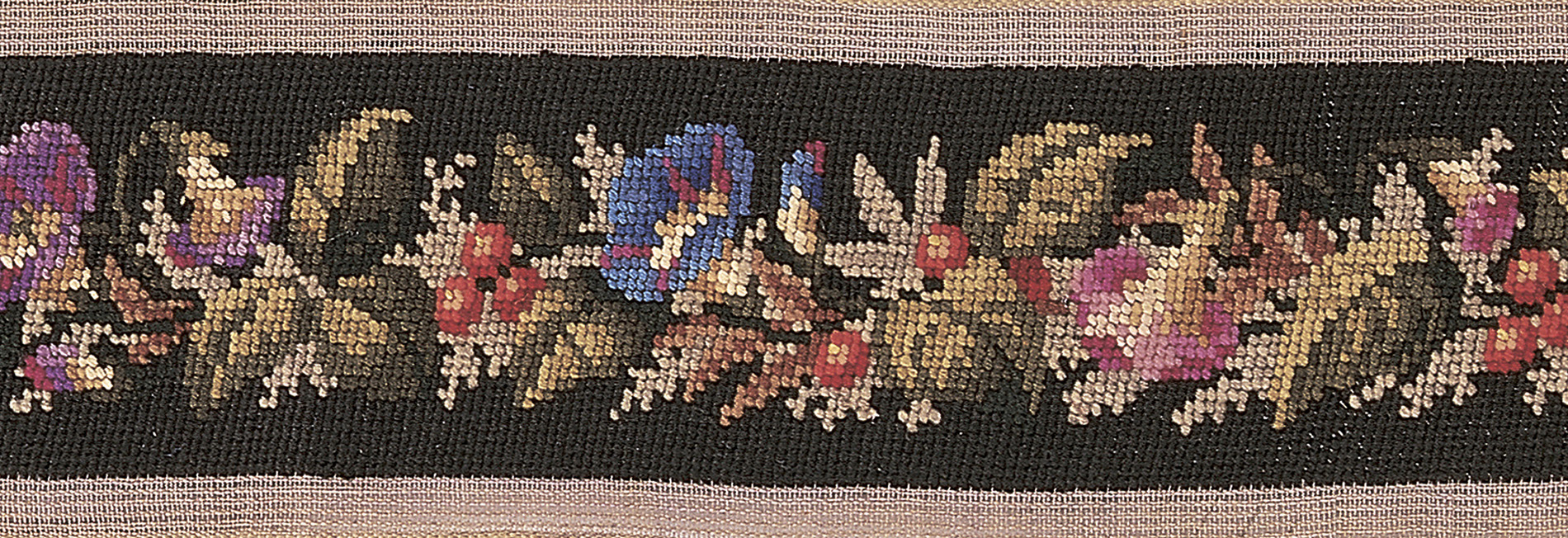 Floral border Long decorative bands, like this Victorian tent stitch pattern of flowers and berries in bright Berlin wools, were used to adorn soft furnishings and accessories.
Floral border Long decorative bands, like this Victorian tent stitch pattern of flowers and berries in bright Berlin wools, were used to adorn soft furnishings and accessories. 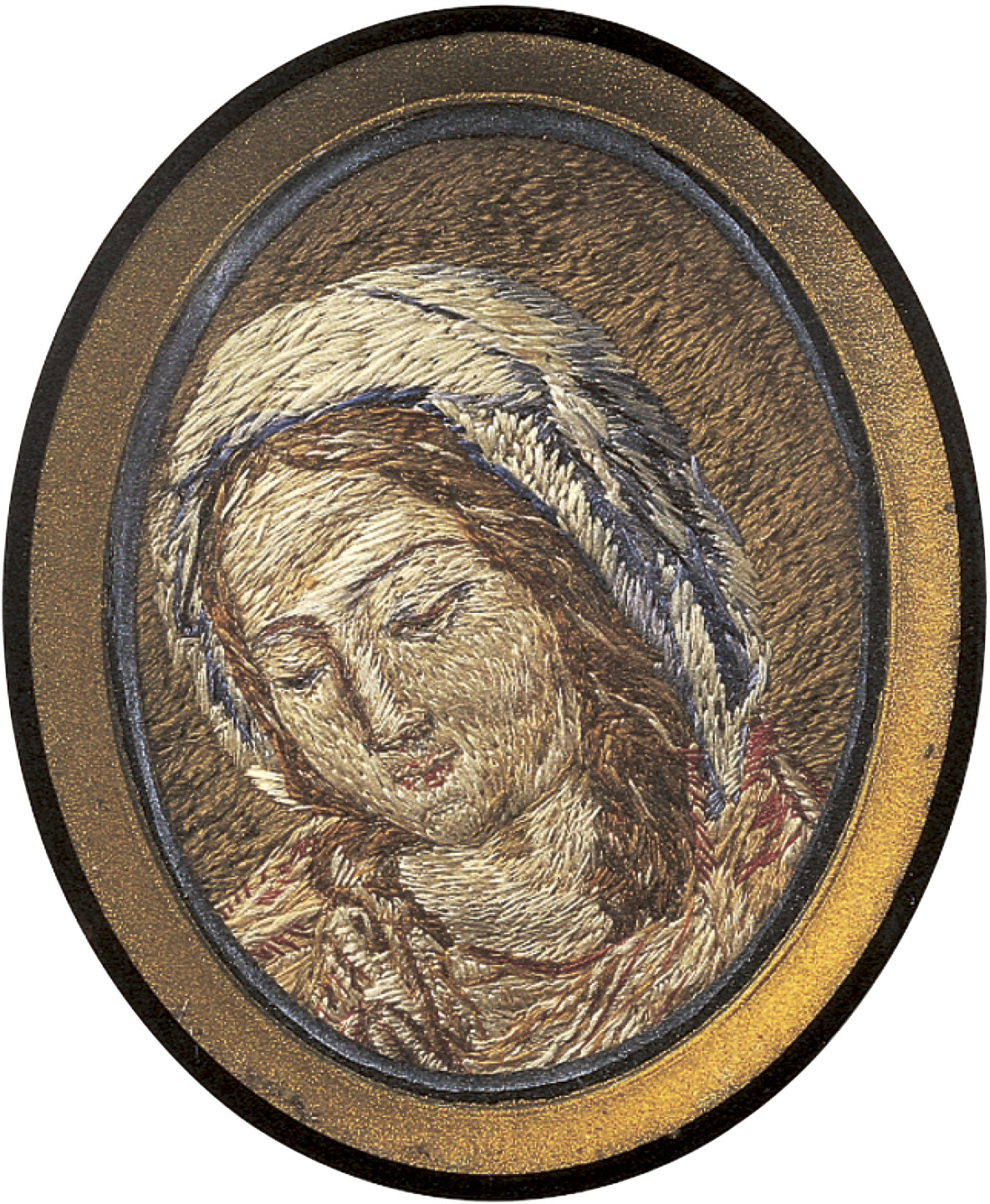

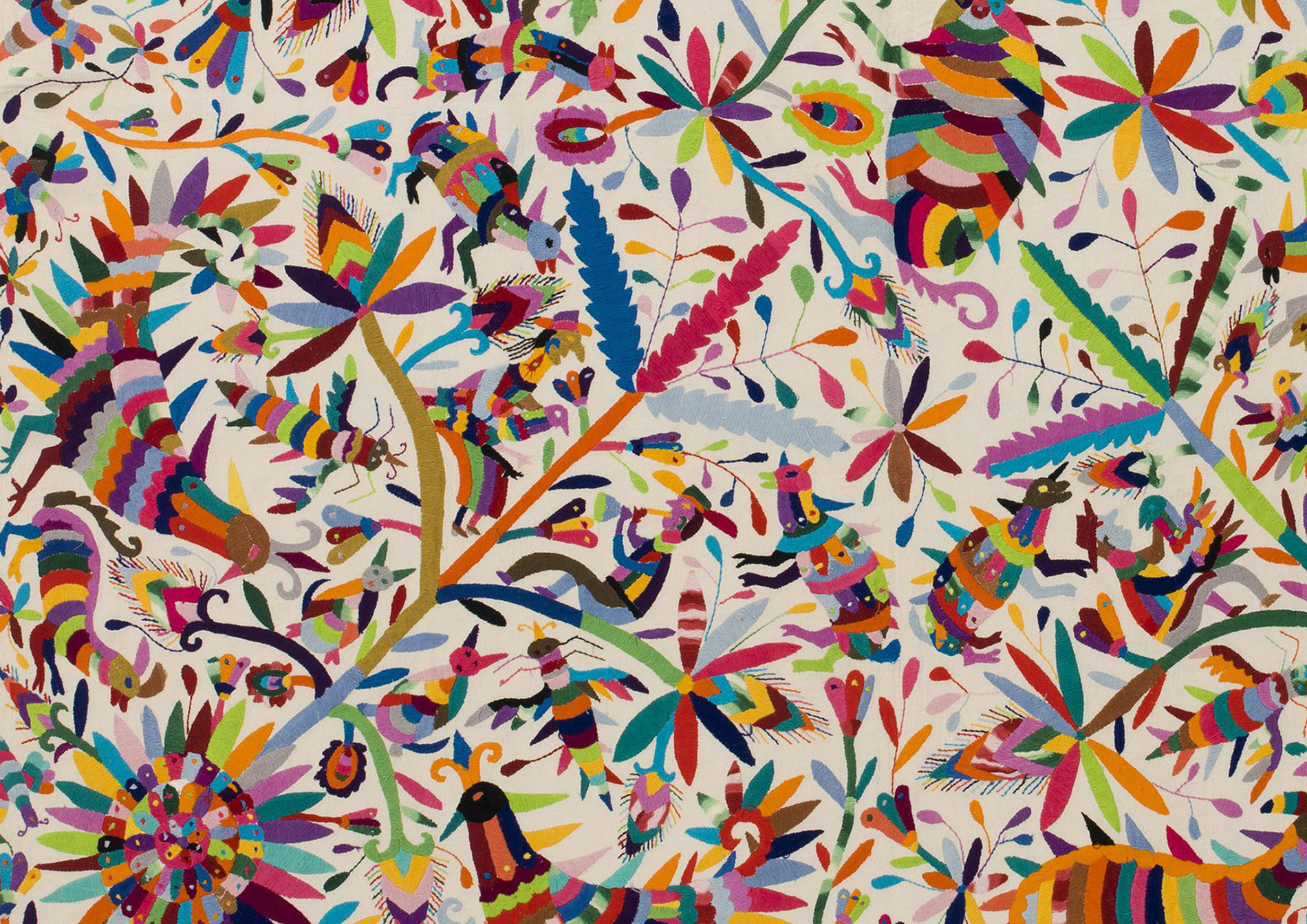 Inspiration from nature Animals, birds, and insects jostle for space amongst flowers and foliage in this vibrant Tenango embroidery from Mexico, which is worked in a variation of herringbone stitch.
Inspiration from nature Animals, birds, and insects jostle for space amongst flowers and foliage in this vibrant Tenango embroidery from Mexico, which is worked in a variation of herringbone stitch. 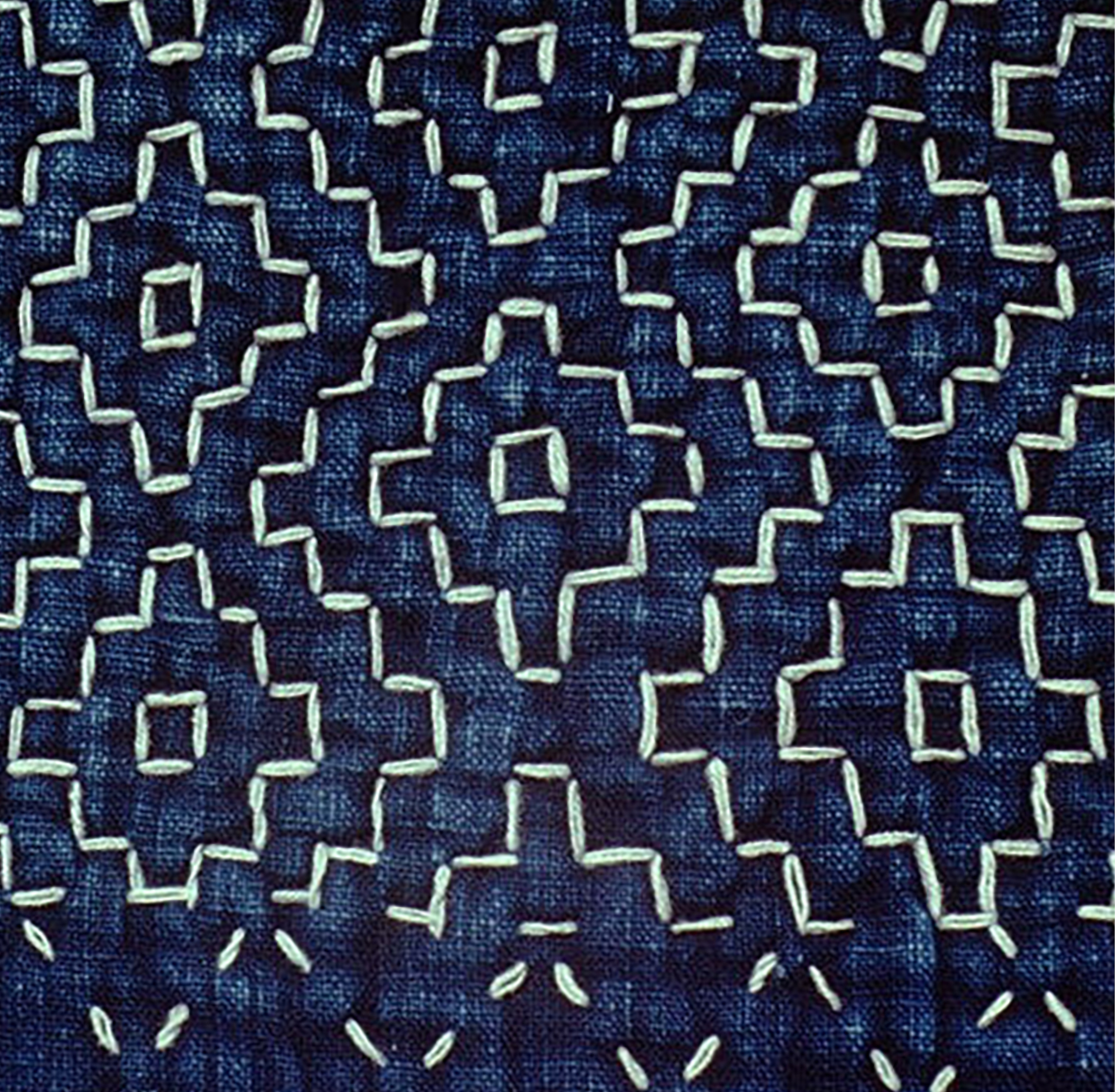 Blue and white Japanese Sashiko, which translates as little stabs in reference to the simple straight stitches that make up its intricate geometric patterns, is traditionally worked in a matte cotton thread on a background of indigo linen.
Blue and white Japanese Sashiko, which translates as little stabs in reference to the simple straight stitches that make up its intricate geometric patterns, is traditionally worked in a matte cotton thread on a background of indigo linen.